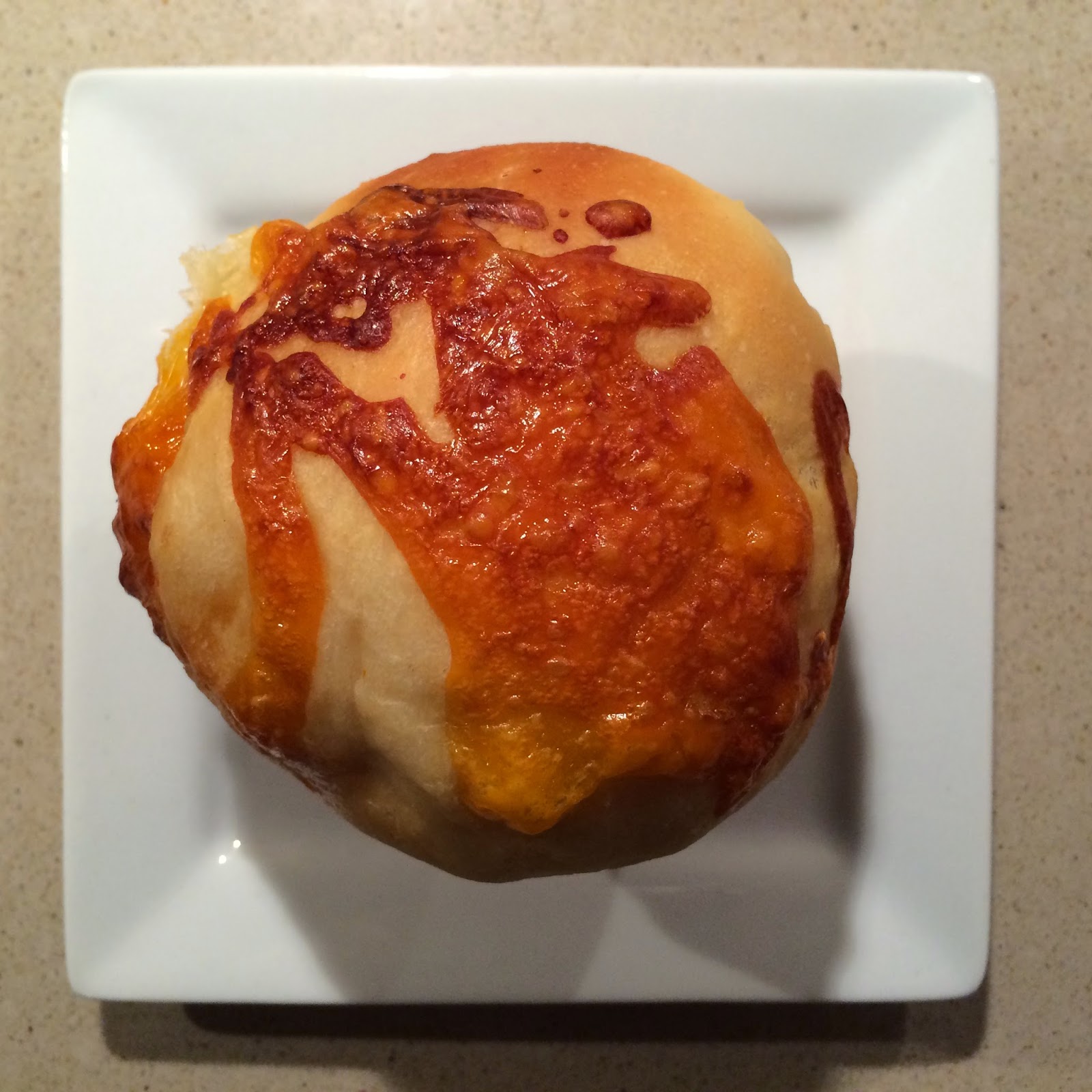Ever since I was a little kid I have been eating Nestle Tollhouse Chocolate Chip Cookies. They are simply the best CCC recipe I've ever found. I've tried branching out. I have. But nothing compares. It must be the nostalgia I feel when I make them. Growing up it seemed like my Mom made these cookies every Sunday after we came home from church. I am pretty sure they are one of the very first things I learned how to cook.
The recipe can be found on any bag of Nestle Chocolate Chips. I don't own it, so I'm not going to post it. Instead, what I'm going to focus on is how to take this common recipe and make sure your cookies aren't just good. But fantastic. It has to do with a few of the main ingredients and how you treat them. But I think you will notice a huge difference if you change your technique just a little bit.
The 4 main ingredients that affect how good your cookies turn out are:
Butter
Sugar
Vanilla
Eggs
Are you ready to have your Chocolate Chip Cookie world rocked?
Let's talk Butter. I'll be honest it's one of my favorite ingredients, I'm constantly amazed I don't weigh 500 lbs from the amount of butter I go through in my house. Literally in my freezer I have a whole shelf of butter. So that I always have it. It must be the Southerner in me coming out.
I always use Sweet Cream Salted Butter unless the recipe specifically calls for unsalted. You can use any brand pretty much. I currently alternate between Land 'O Lakes and Kirkland. Both have given me great results. I don't like to use specialty butters like Kerrygold for baking. That type of thing is better suited to go on top of bread. Not in it.
So the important thing to do with your butter when making cookies, or baking in general unless you're making pie. Is to have it be room temperature. Trying to use frozen or refrigerated butter when making cookies is a terrible idea. On the opposite spectrum of that I also disapprove of using completely melted butter. They don't yield the proper texture. You want your butter to be pliant. Leave it on the counter until you can make a finger indent in it. Then it's ready for use!
Contrary to the butter, where I don't mind using generic brands. I am a bit of a vanilla snob. So much so that I use homemade vanilla. I'll be showing you the technique for that later this month so stay tuned! The specific batch I'm using right now was home made by my Mom. Using vanilla beans and Courvoisier. It is by far superior to just regular old generic vanilla. I swear to you. You can taste the difference. Use a good vanilla!!
Finally the Sugar and Eggs. Sugar doesn't matter until you mix it with the Butter. For Eggs, I recommend using ones at room temperature. They will be kinder to your batter and not shock it if they are room temperature as opposed to cold. And that will make a difference. I promise.
When you start making your dough. The very first step is combining the Sugar, Vanilla and Butter.
The biggest mistake people make when mixing these ingredients is that they don't do it long enough. This will leave you with cookies that don't rise properly, that are flat and sticky. It is so important to cream your Sugar and Butter long enough for them to properly incorporate. It changes the chemical makeup of your cookie and gives you a much fluffier and creamy dough.
This is about the point everyone gets to. The ingredients look combined. But I promise. They aren't done yet! Stop at this point and scrape down the sides of your bowl. Pinch the dough between your fingers. It will feel gritty. It will still have a brown hue to the dough as well. When butter, vanilla and sugar are properly creamed they will be a lighter color. The dough is brown because the brown sugar and vanilla is not incorporated! Do a pinch test. The dough will separate very easily and feel greasy.
Keep mixing the dough until it is lighter in color and when pinched it feels thicker.
When the dough is fully mixed it should look like this:
Once the dough has reached this consistency you can add the Eggs and then the Flour mixture and the chocolate chips. By doing all the heavy mixing up front you won't end up with stiff or heavy batter after adding the Flour.
Often the flour mixture gets over beaten because you are trying to get that perfect texture. From now on, if you do your mixing up front you should be able to just beat the Flour in until its incorporated. This is what will keep your batter light.
All that's left to do is grab a spoon and enjoy.
Or you can bake them.
But my batter seems to rarely get that far...













































